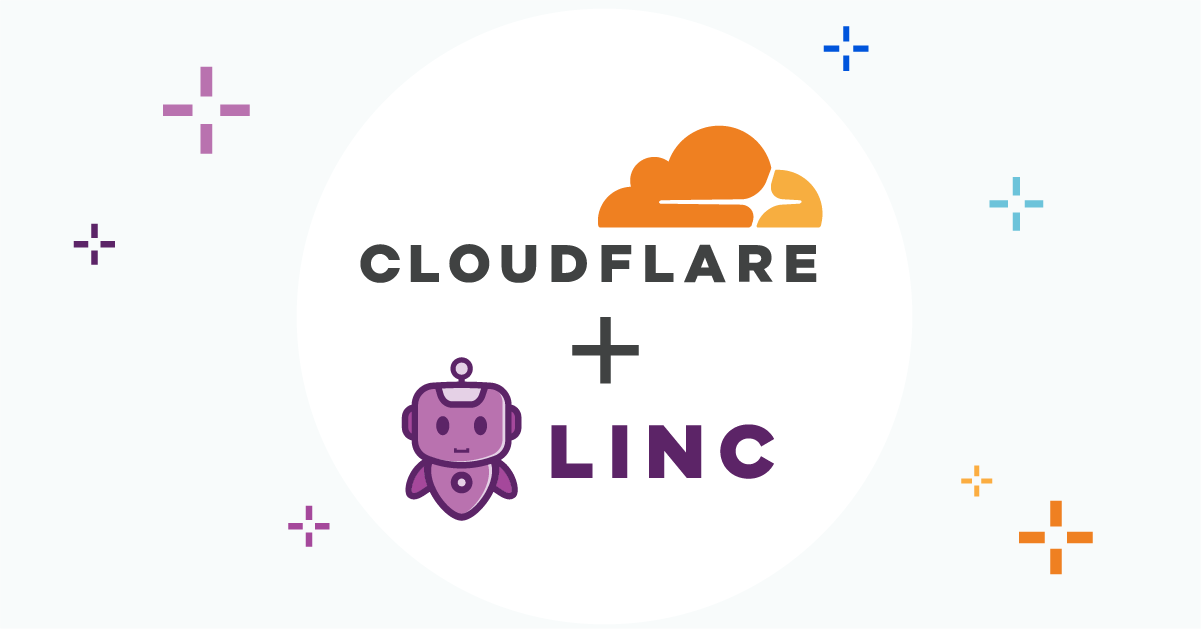Author Archives: Aly Cabral
Author Archives: Aly Cabral


R2 is an S3-compatible, globally distributed object storage, allowing developers to store large amounts of unstructured data without the costly egress bandwidth fees you commonly find with other providers.
To enjoy this egress freedom, you’ll have to start planning to send all that data you have somewhere else into R2. You might want to do it all at once, moving as much data as quickly as possible while ensuring data consistency. Or do you prefer moving the data to R2 slowly and gradually shifting your reads from your old provider to R2? And only then decide whether to cut off your old storage or keep it as a backup for new objects in R2?
There are multiple options for architecture and implementations for this movement, but taking terabytes of data from one cloud storage provider to another is always problematic, always involves planning, and likely requires staffing.
And that was hard. But not anymore.
Today we're announcing the R2 Super Slurper, the feature that will enable you to move all your data to R2 in one giant slurp or sip by sip — all in a friendly, intuitive UI and API.


This post is also available in Français and Español.

R2 gives developers object storage, without the egress fees. Before R2, cloud providers taught us to expect a data transfer tax every time we actually used the data we stored with them. Who stores data with the goal of never reading it? No one. Yet, every time you read data, the egress tax is applied. R2 gives developers the ability to access data freely, breaking the ecosystem lock-in that has long tied the hands of application builders.
In May 2022, we launched R2 into open beta. In just four short months we’ve been overwhelmed with over 12k developers (and rapidly growing) getting started with R2. Those developers came to us with a wide range of use cases from podcast applications to video platforms to ecommerce websites, and users like Vecteezy who was spending six figures in egress fees. We’ve learned quickly, gotten great feedback, and today we’re excited to announce R2 is now generally available.
We wouldn’t ask you to bet on tech we weren’t willing to bet on ourselves. While in open beta, we spent time moving our own products to R2. One such example, Cloudflare Images, proudly serving thousands Continue reading


All too often we are confronted with the choice to move quickly or act responsibly. Whether the topic is safety, security, or in this case sustainability, we’re asked to make the trade off of halting innovation to protect ourselves, our users, or the planet. But what if that didn’t always need to be the case? At Cloudflare, our goal is to bring sustainable computing to you without the need for any additional time, work, or complexity.
Enter Green Compute on Cloudflare Workers.
Green Compute can be enabled for any Cron triggered Workers. The concept is simple: when turned on, we’ll take your compute workload and run it exclusively on parts of our edge network located in facilities powered by renewable energy. Even though all of Cloudflare’s edge network is powered by renewable energy already, some of our data centers are located in third-party facilities that are not 100% powered by renewable energy. Green Compute takes our commitment to sustainability one step further by ensuring that not only our network equipment but also the building facility as a whole are powered by renewable energy. There are absolutely no code changes needed. Now, whether you need to update a leaderboard every five Continue reading


So you’ve built an application on the Workers platform. The first thing you might be wondering after pushing your code out into the world is “what does my production traffic look like?” How many requests is my Worker handling? How long are those requests taking? And as your production traffic evolves overtime it can be a lot to keep up with. The last thing you want is to be surprised by the traffic your serverless application is handling. But, you have a million things to do in your day job, and having to log in to the Workers dashboard every day to check usage statistics is one extra thing you shouldn’t need to worry about.
Today we’re excited to launch Workers usage notifications that proactively send relevant usage information directly to your inbox. Usage notifications come in two flavors. The first is a weekly summary of your Workers usage with a breakdown of your most popular Workers. The second flavor is an on-demand usage notification, triggered when a worker’s CPU usage is 25% above its average CPU usage over the previous seven days. This on-demand notification helps you proactively catch large changes in Workers usage as soon as those Continue reading


Cloudflare has always been about democratizing the Internet. For us, that means bringing the most powerful tools used by the largest of enterprises to the smallest development shops. Sometimes that looks like putting our global network to work defending against large-scale attacks. Other times it looks like giving Internet users simple and reliable privacy services like 1.1.1.1. Last week, it looked like Cloudflare Pages — a fast, secure and free way to build and host your JAMstack sites.
We see a huge opportunity with Cloudflare Pages. It goes beyond making it as easy as possible to deploy static sites, and extending that same ease of use to building full dynamic applications. By creating a seamless integration between Pages and Cloudflare Workers, we will be able to host the frontend and backend together, at the edge of the Internet and close to your users. The Linc team is joining Cloudflare to help us do just that.
Today, we’re excited to announce the acquisition of Linc, an automation platform to help front-end developers collaborate and build powerful applications. Linc has done amazing work with Frontend Application Bundles (FABs), making dynamic backends more accessible to frontend developers. Their Continue reading